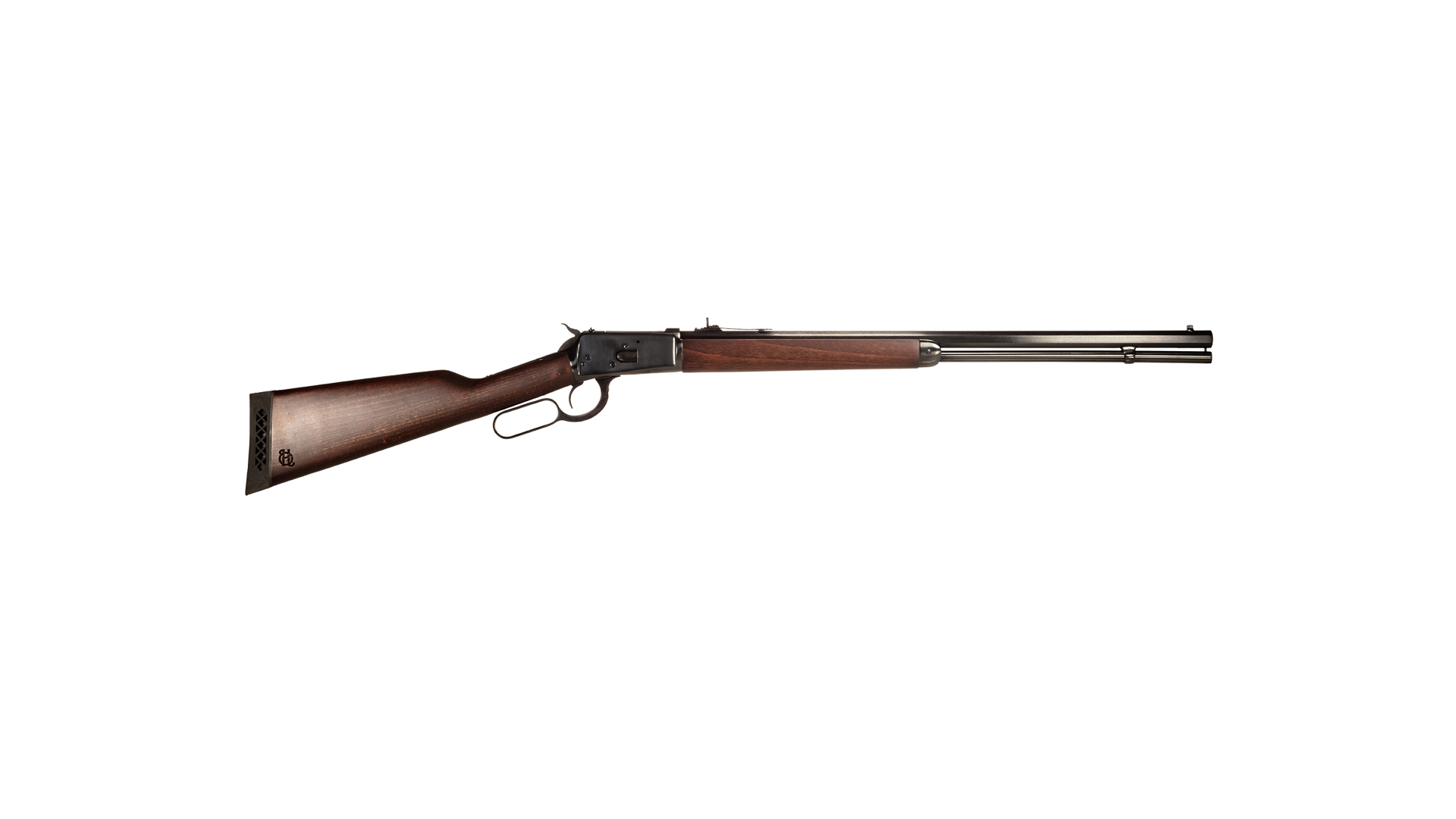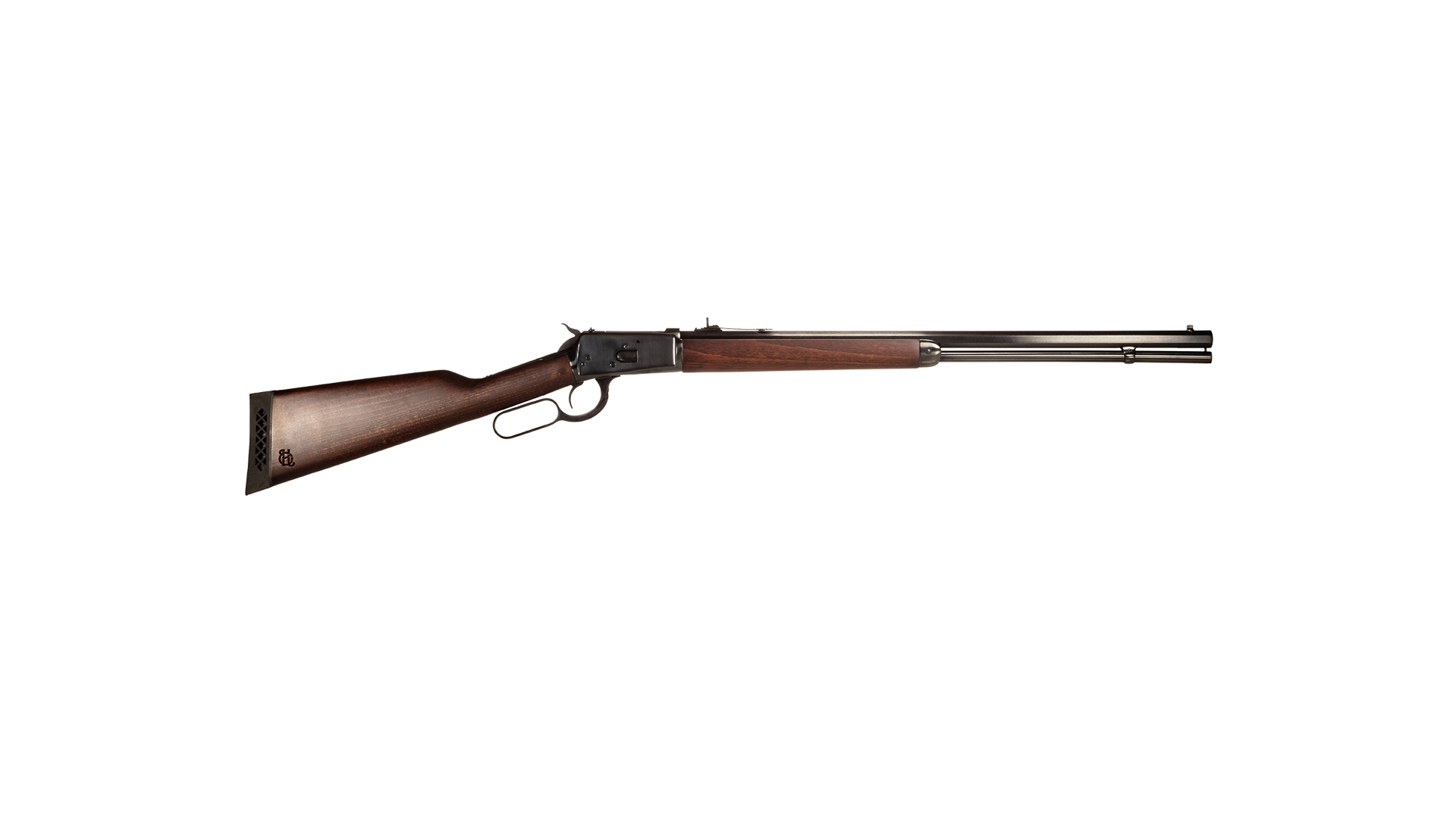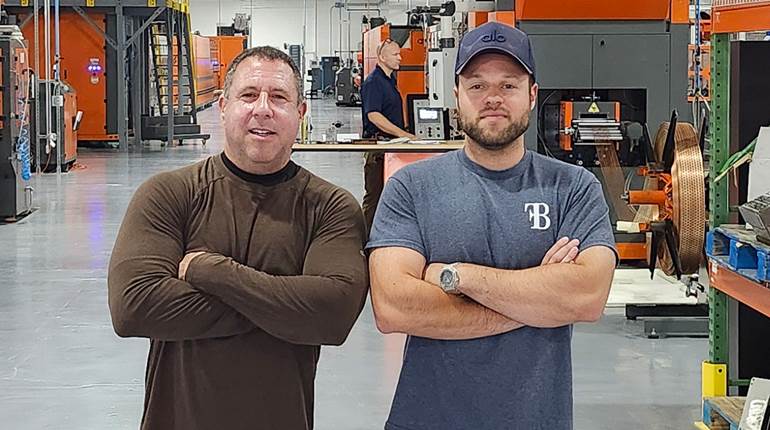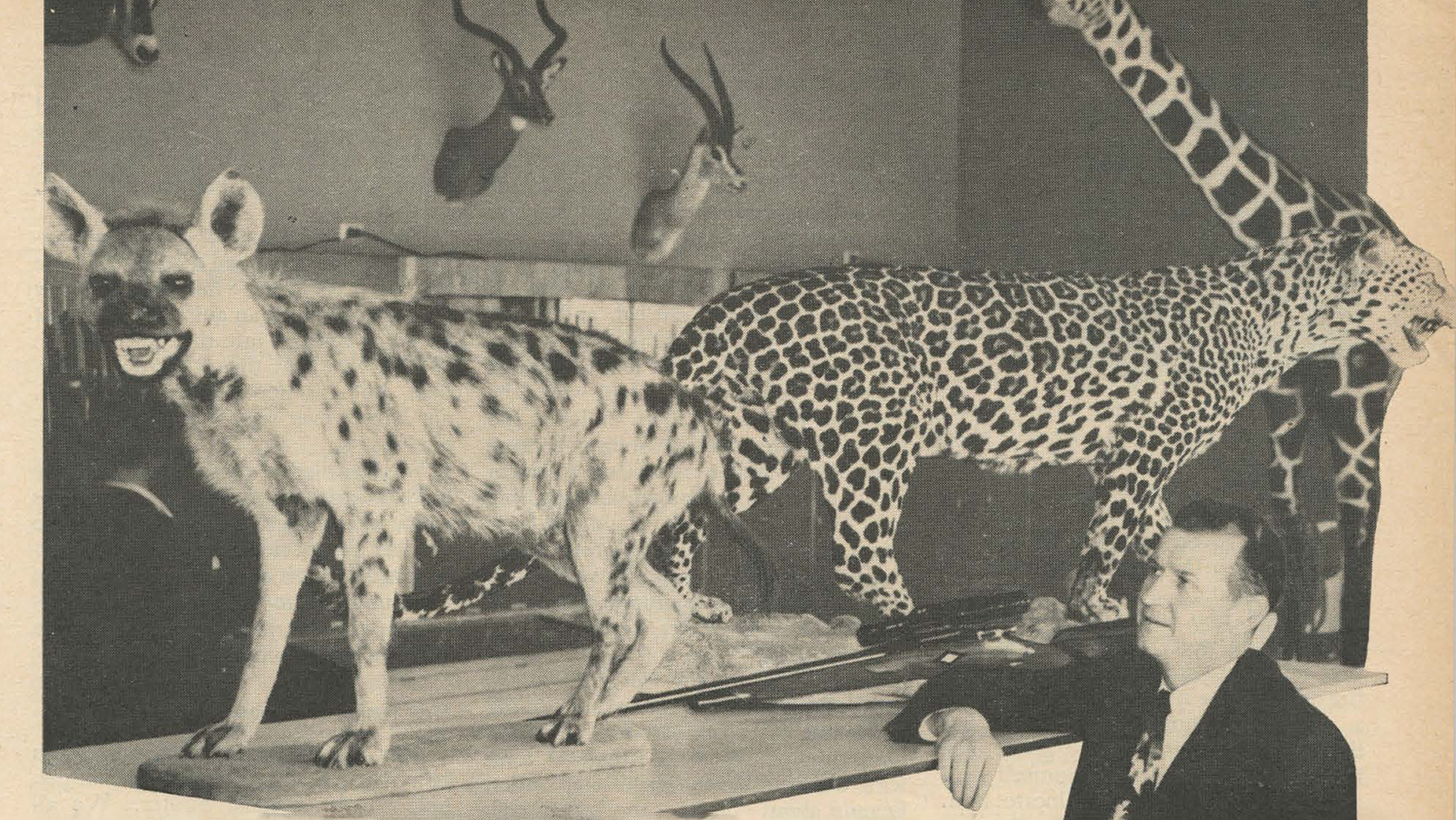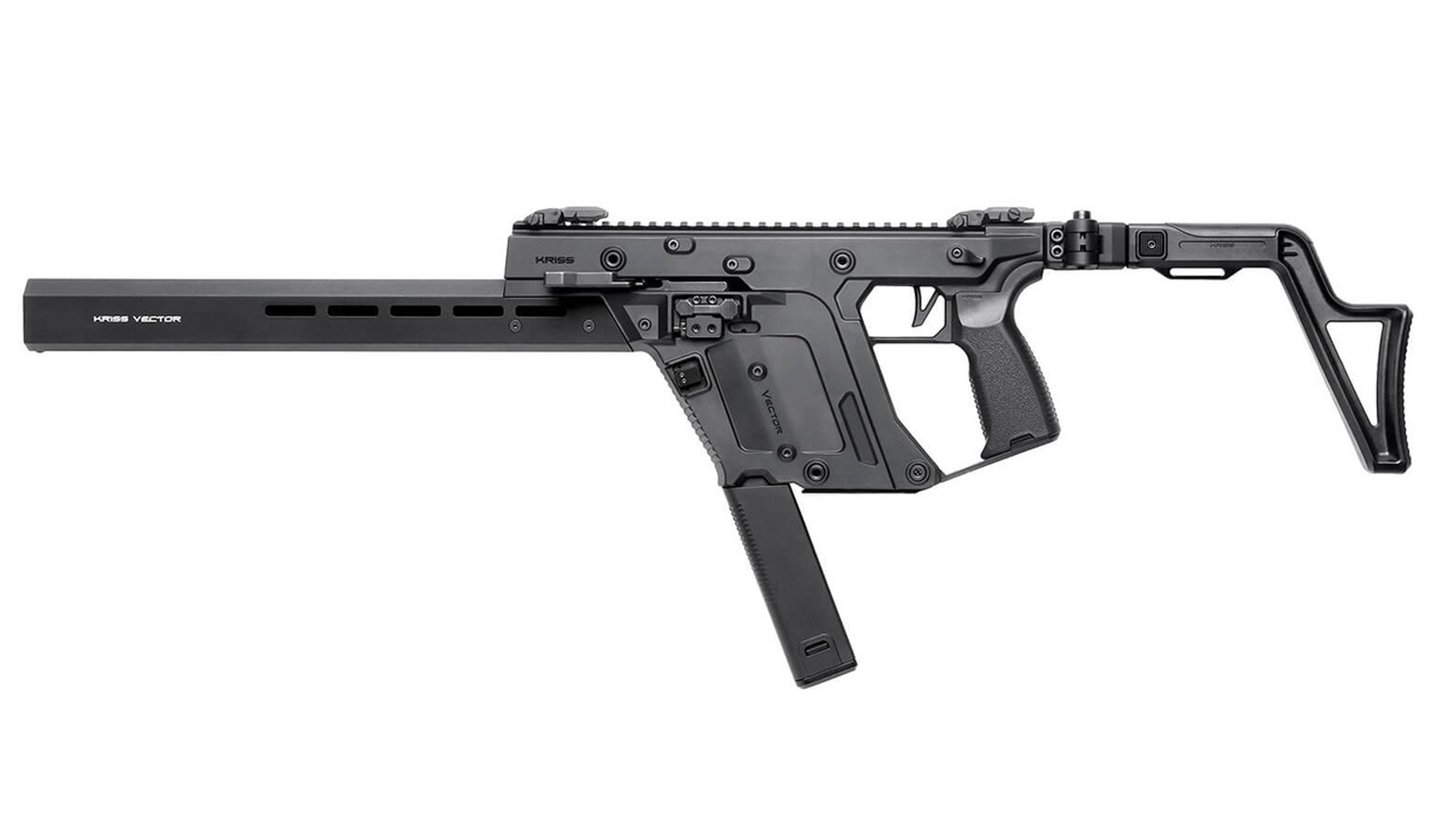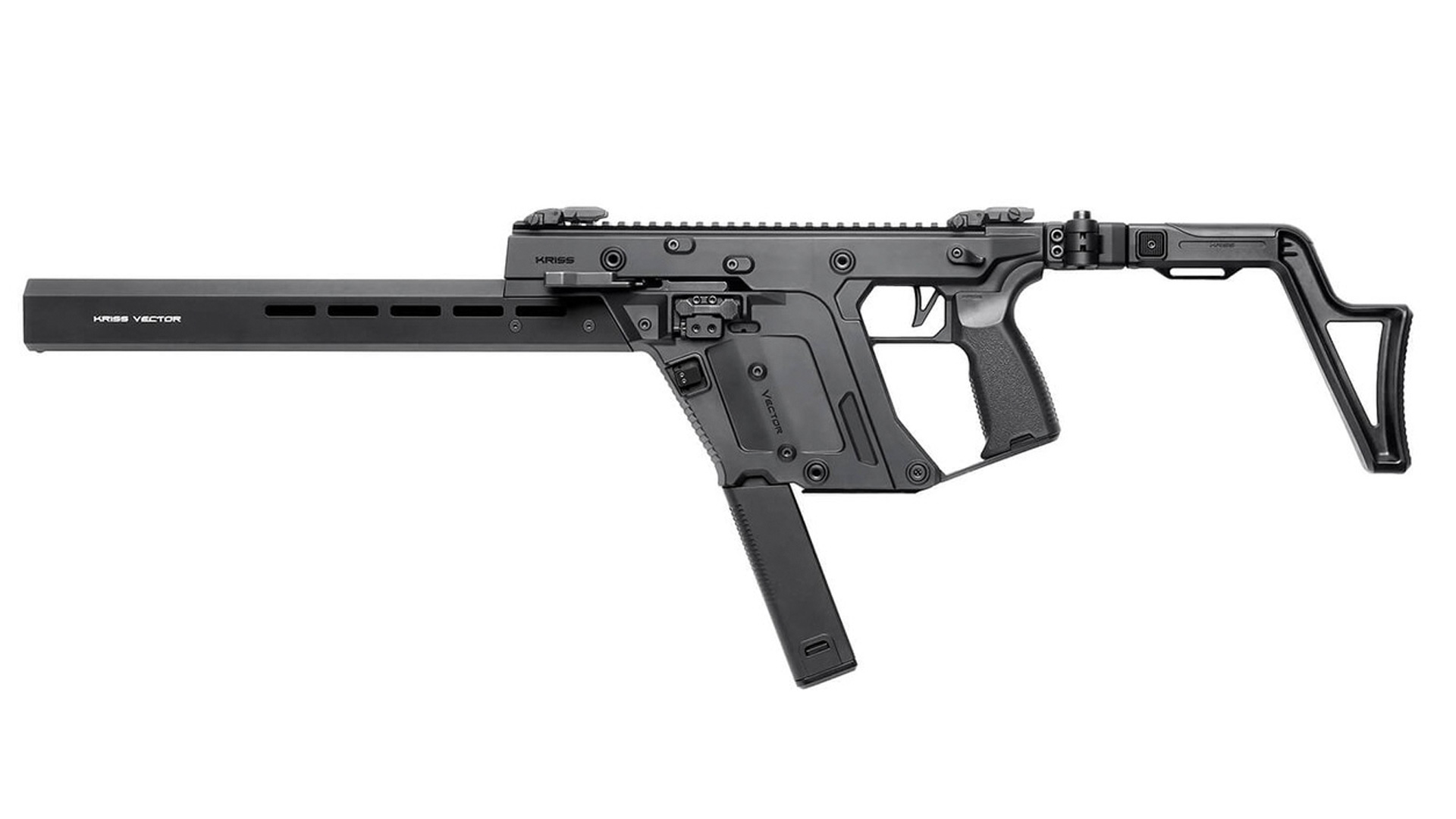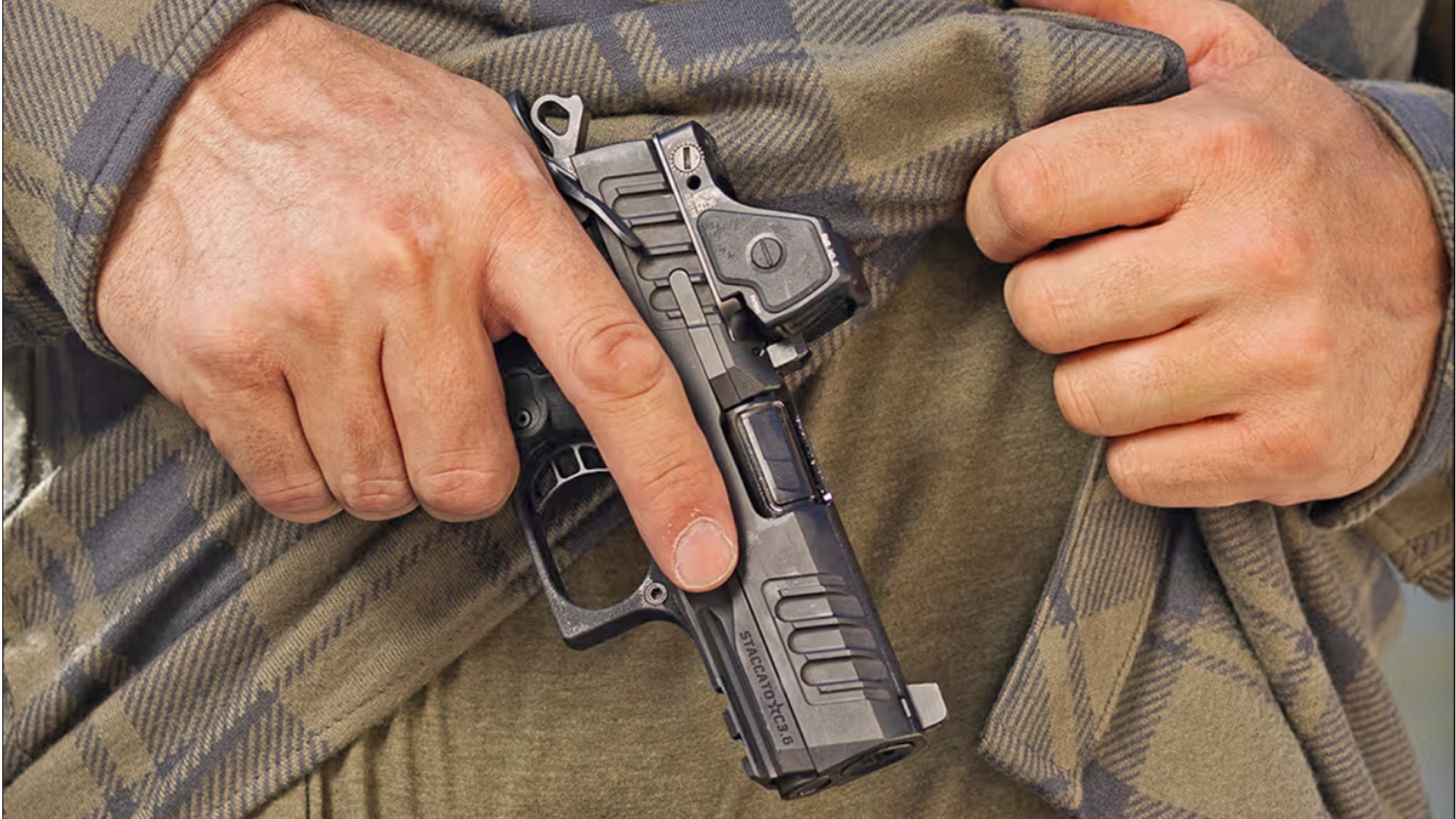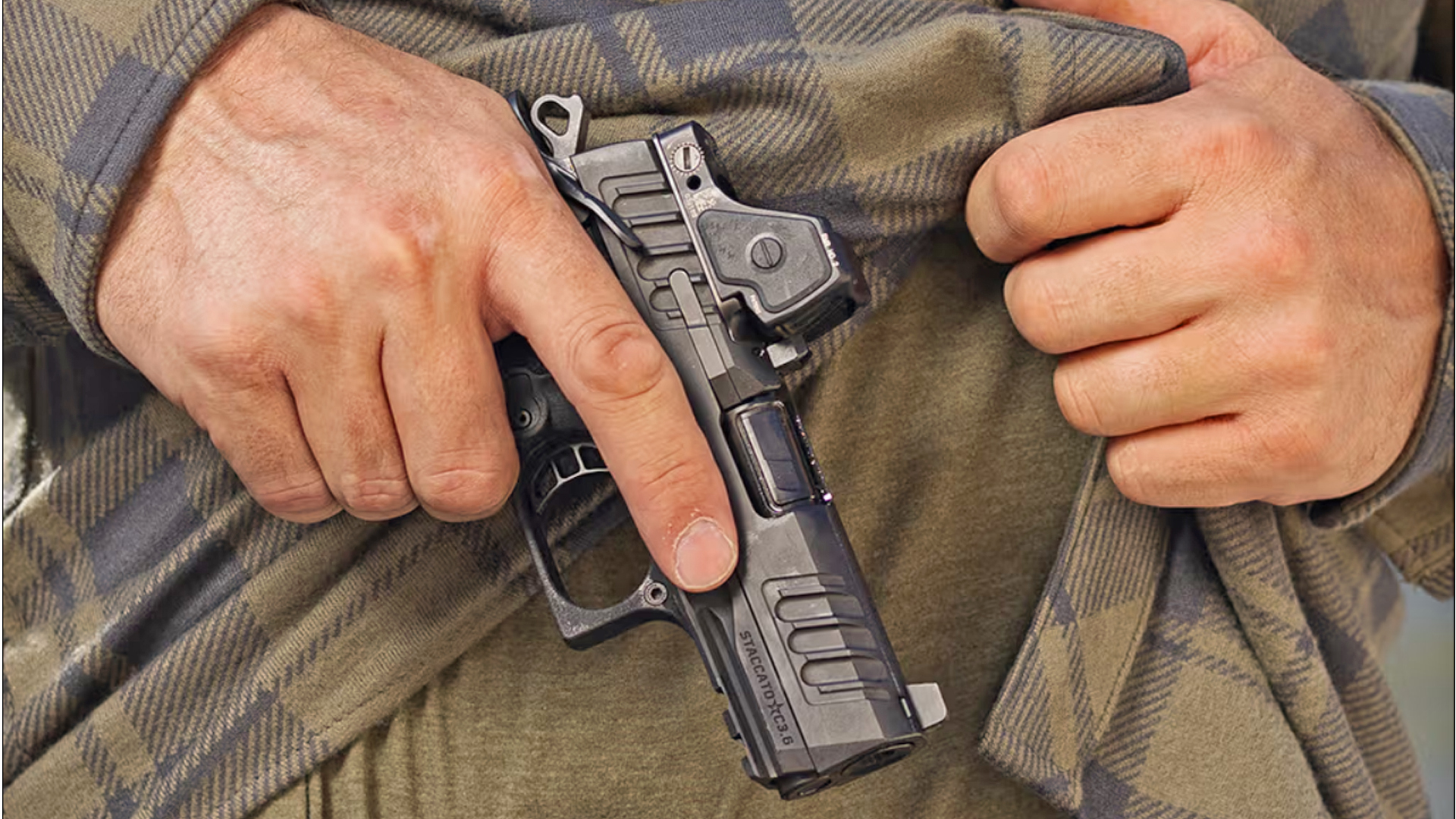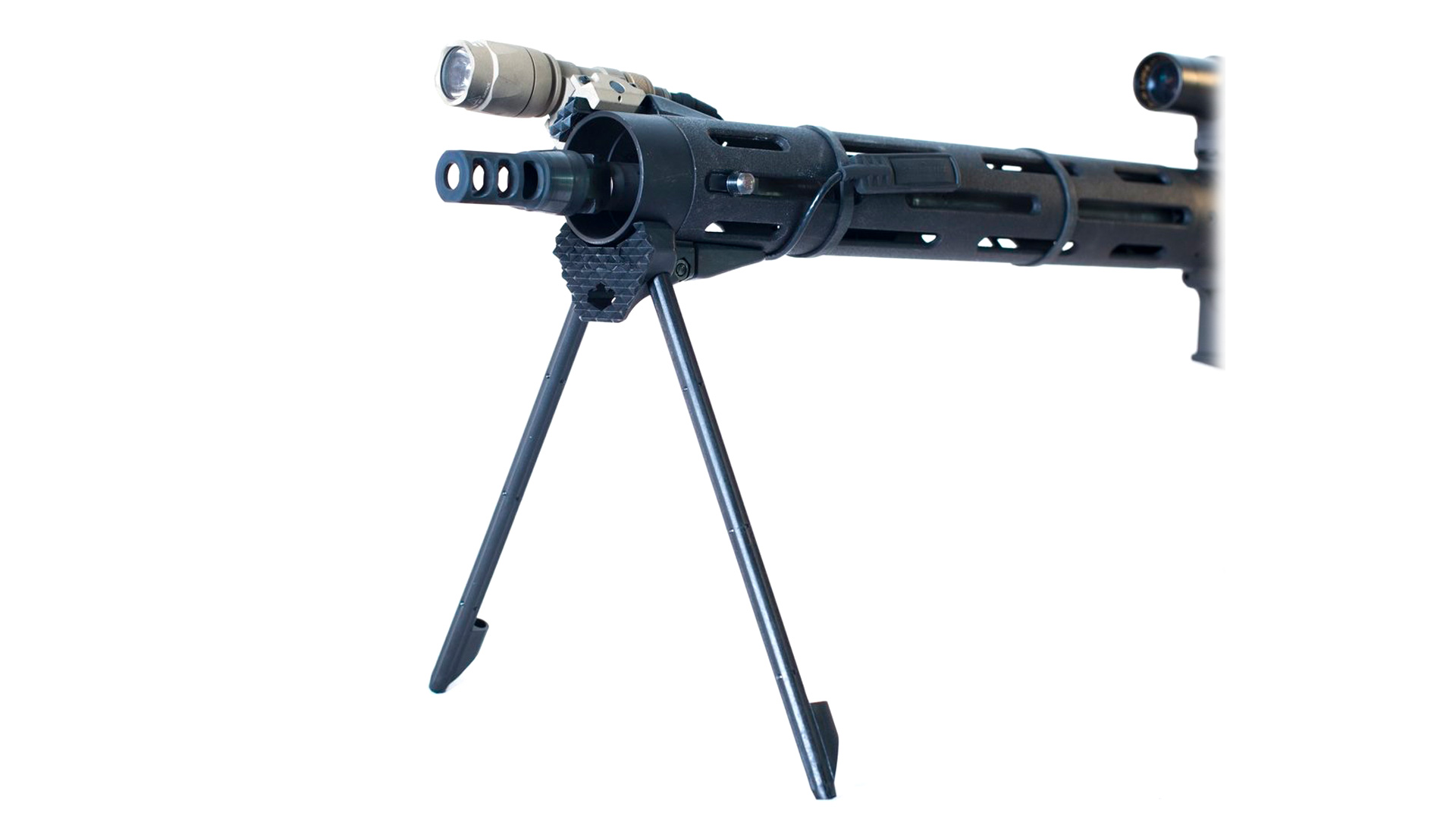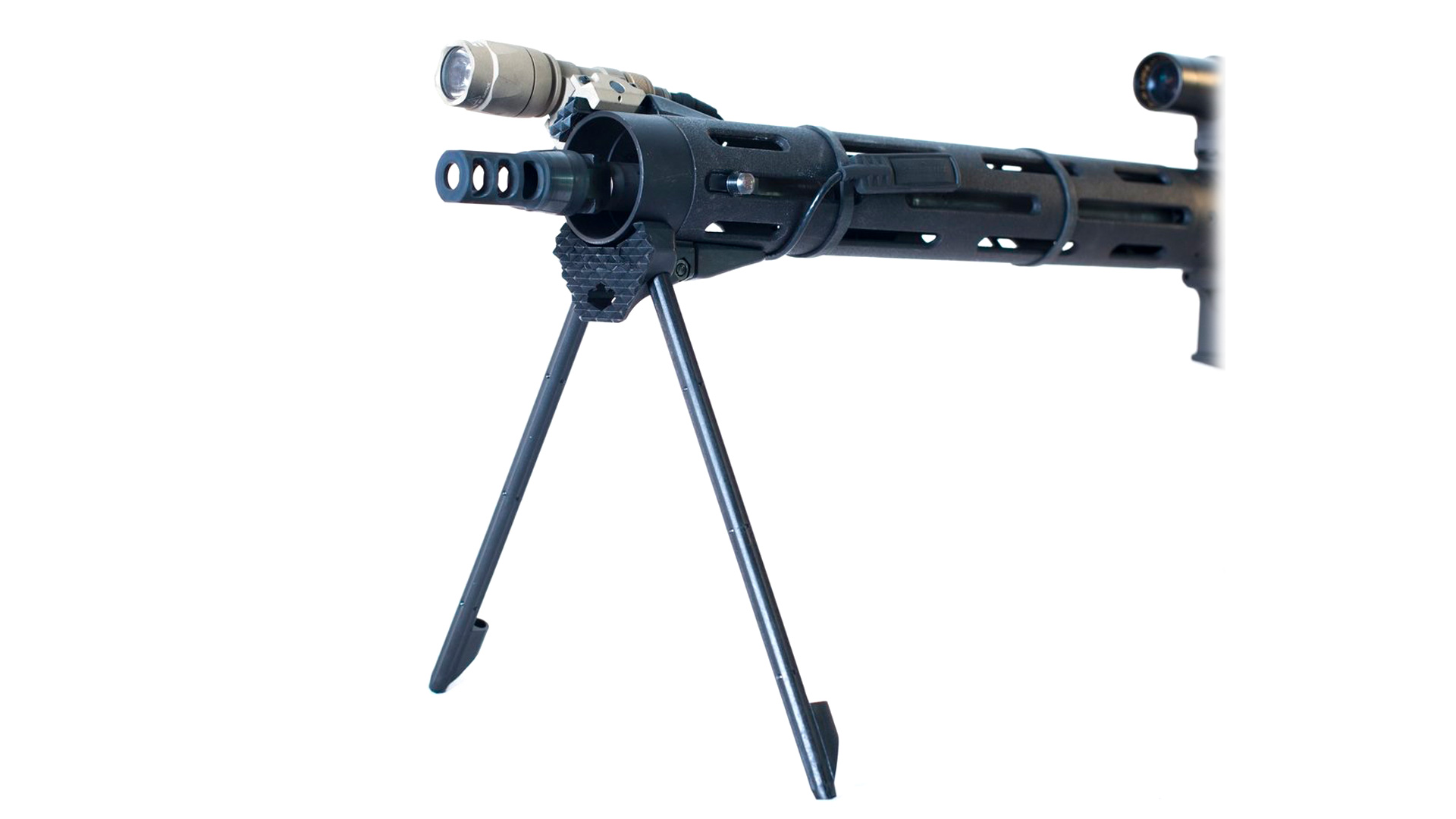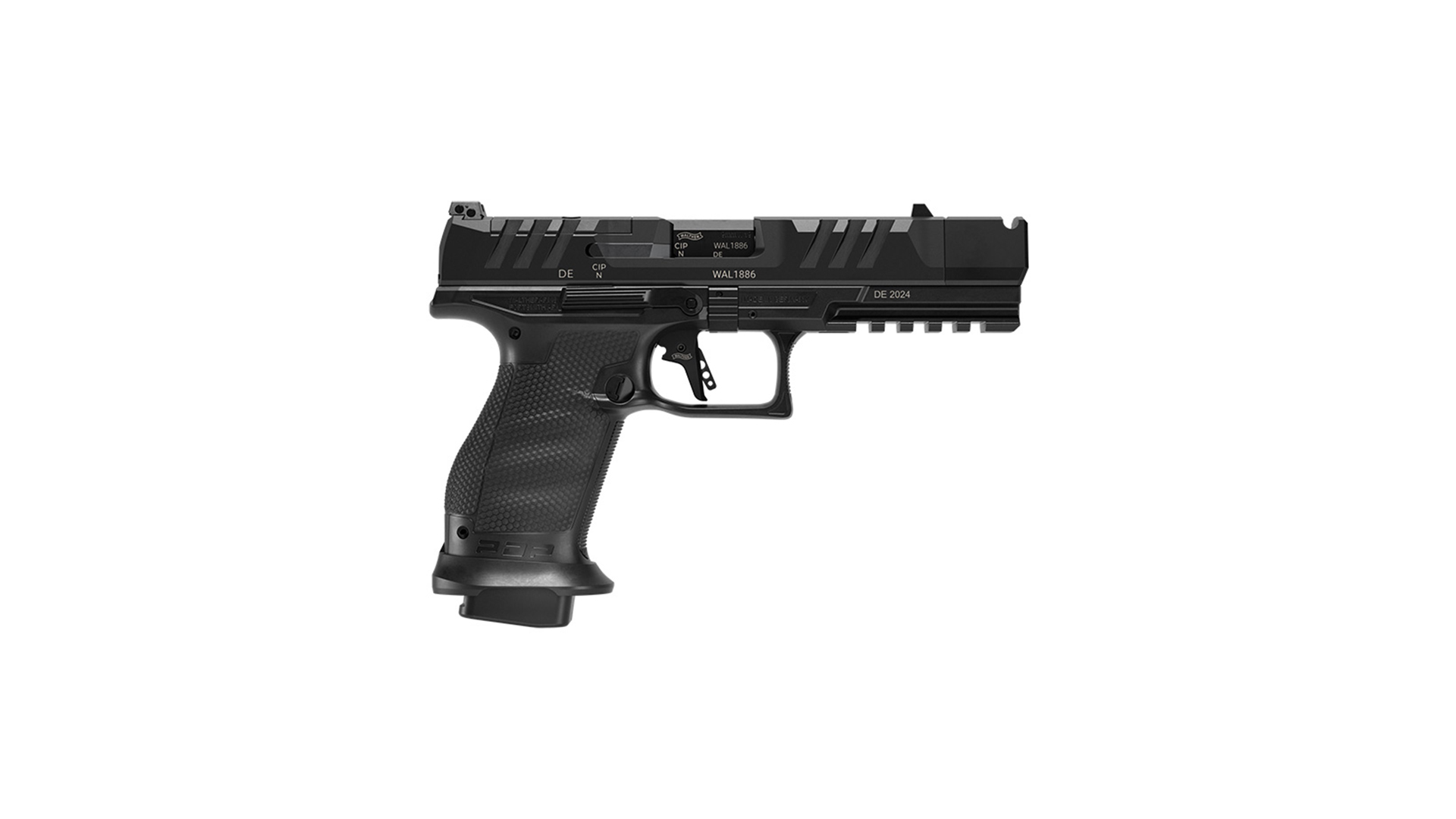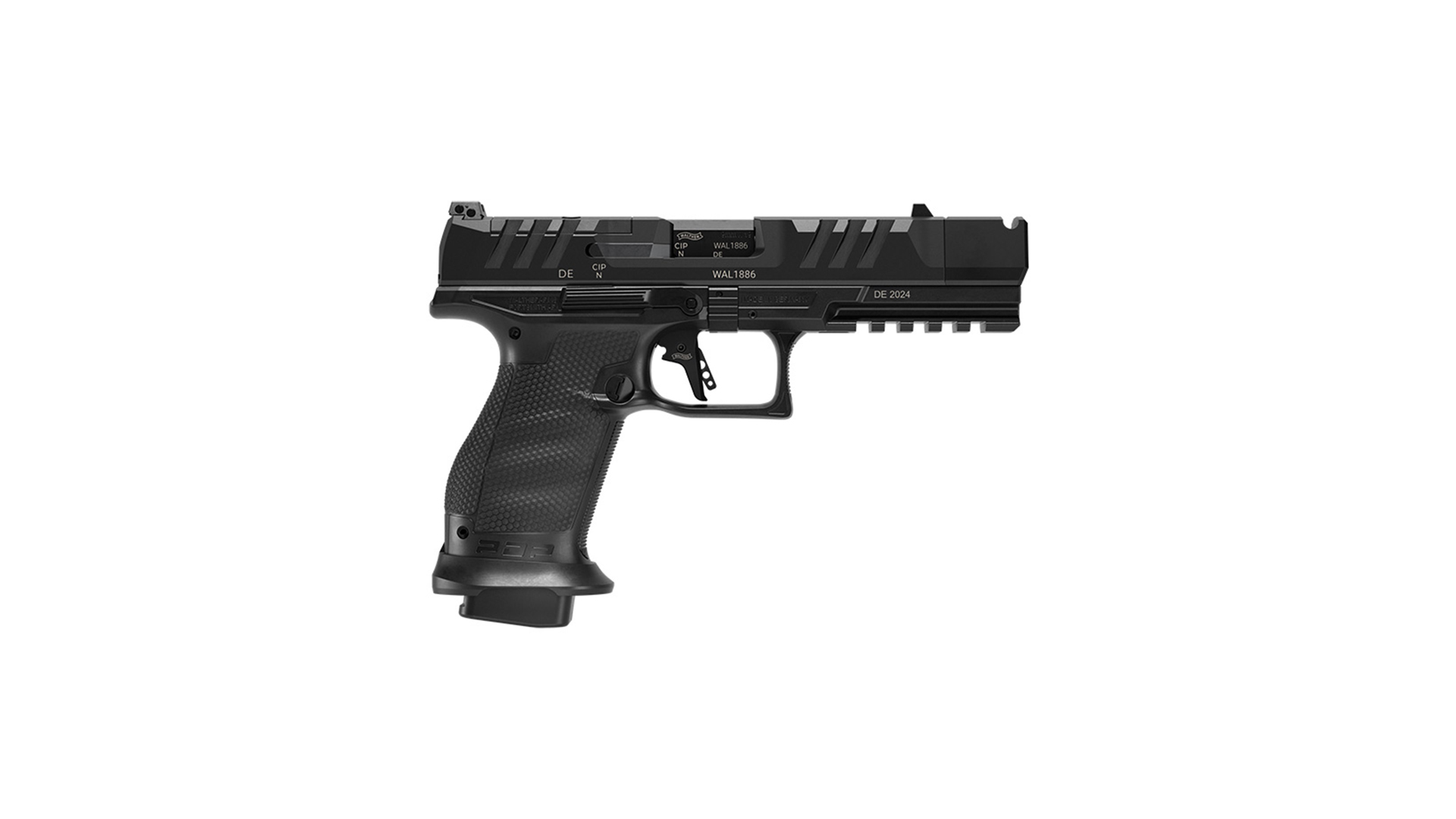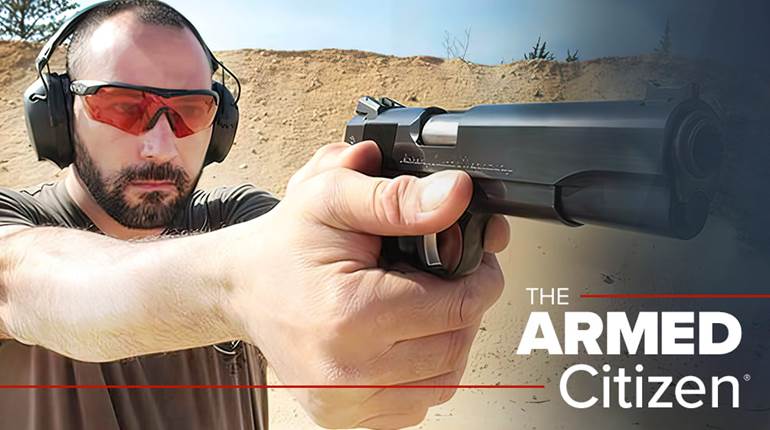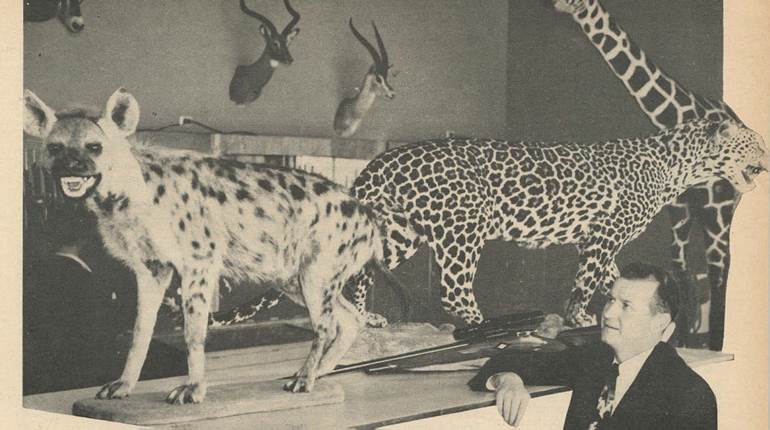
In 1902, a young man from Oslo, Norway, got off a train in the small Swedish community of Åmotfors. Ivar Enger had been sent on a mission by his brothers to find a suitable location for a bullet factory. Just before 1900, the Enger brothers obtained a few secret, French Balle D projectiles and, with the help of their ballistic engineer, Karl Wang, they developed a process whereby a boattail could be applied to a bullet in a very consistent manner. This gave the Enger brothers an edge.
Started in 1894, the brothers’ company was called Norma, and it’s likely the only company to ever come about as the result of a single rifle cartridge—the 6.5x55 mm Swedish Mauser. The adoption of that cartridge by the Swedish military created a demand for ammunition and jacketed bullets. Scandinavian target shooters and reloaders needed a tremendous amount of jacketed bullets because they could no longer create their own bullets from lead and compete with the modern, high-velocity, smokeless cartridges.
Norma erected its first factory in Åmotfors by 1911 and moved out of the two-room building originally acquired in 1902. In 1914, Norma started loading 6.5x55 mm Swedish ammunition using once-fired military brass. But not enough military brass was available to meet demand, so in 1917 Norma began making its own. Norma ammunition soon became world-class and was used to set two Olympic records in the ’20s and ’30s. During this period, the company had also begun to manufacture hunting ammunition.
World War II brought with it a demand from the Swedish government that Norma be put on a war footing. The factory grew from 150 to more than 600 employees, but Norma had to surrender its secret bullet-making process. During the war, Norma primarily made small arms ammunition but focused on hunting and target ammunition after the military contracts disappeared.
Nine years after the war ended, Roy Weatherby came to Norma with some radically designed cartridges and the company assisted Weatherby with his cartridge development; to this day Norma loads Weatherby ammunition. American gunwriter Phil Sharpe also came to Norma for brass cases and ammunition for his 7 mm wildcat cartridge—the 7x61 Sharpe & Hart.
In 1959 came the .358 Norma Mag., capable of pushing a 250-grain bullet to 2,800 fps. In 1960, Norma released the .308 Norma Mag., which caught on due to its external ballistics being slightly better than those of the .30-’06 Sprg. Around the same time Norma began offering two hunting bullets; the Silverblixt (Silverflash) and the Alaska. The Silverblixt was a dual-core bullet with a hardened lead rear core to help with weight retention and penetration, and a softer lead front core to aid with expansion and tissue destruction. The Alaska bullet had a homogenous lead core and a generous soft-point. Both had gilding metal (95 percent copper and 5 percent zinc) jackets.
Norma also began loading Nosler bullets and, during the early days of the .223 Armalite (which would later become the .223 Rem.), the company developed loads and provided ammunition. Cartridge cases and ammunition for classic British cartridges by Kynoch and the IMI Company were also manufactured by Norma.
In 1965, Norma was sold, then was sold again 10 years later with the Enger family giving up its interest in the company. Norma was sold yet again after four years, and the name changed to FFV-Norma AB. During this period, Norma also became engaged in the Bren Ten project with a U.S. company; Dornaus and Dixon. As much interest as this pistol generated, it was not robust enough to handle the 10 mm cartridge and faded from grace, even with the support of Col. Jeff Cooper preaching its virtues.
The 1990s saw the emergence of the modern day Norma. Dynamit Nobel purchased Norma, and imports to the United States were handled by the Dynamit Nobel sales company of RWS, Inc. Shortly afterward, Norma engineers developed the 6 mm PPC cartridge and a new 6.5 mm match bullet called the VLD (Very Low Drag), the latter with the help of the late American Rifleman Ballistics Editor William C. Davis, Jr. Norma also introduced the 6 mm Norma Bench Rest cartridge and, in 1995, began production of bonded bullets. The maker also switched from the copper crusher pressure measuring system to the more modern and precise Piezo-electric method. And, in 1999, Norma legitimized the popular 6.5 mm-.284 cartridge, which was based on the .284 Win., now known as the 6.5 mm-.284 Norma.
In 2002, Norma and RWS were acquired by RUAG of Thun, Switzerland. Norma currently manufactures cartridge brass for many companies and offers a wide selection of hunting and target ammunition for more than 50 cartridges. Norma continues to develop new cartridges too; it has its new .300 and .338 Magnums and recently helped Blaser develop four new cartridges. Norma’s line of hunting bullets continues to expand.
While overseas for a moose hunt in late 2011, I visited the Swedish factory. In addition to observing the manufacture of cartridge brass and bullets, I spent time with the very knowledgeable Christer Larsson, a Norma ballistics engineer, and Don Heath, who is a former African professional hunter and currently in charge of research and development.
Being somewhat of a bullet geek, that’s where my curiosity dug deepest, but I was also amazed at the process by which cartridge cases were manufactured. Actually, it was not so much the manufacture of the cases that intrigued me, it was the level of quality control exerted over this process. Samples from each batch are pulled and tested with high-tech equipment to ensure that the dimensions and hardness meet Norma’s specifications, or those of their clients. Then, every piece of brass is inspected visually as it rolls by human eyes. It’s because of this stringent dedication to quality that Norma brass has such a good reputation, and it is why so many other manufacturers turn to Norma for brass.
For me, Norma has always represented quality; and during my early days of experimenting with firearms, Norma was known as “the source” for ammunition when working with European cartridges. Norma still offers ammunition for many of the cartridges that manufacturers here in the States ignore such as the 5.6x52 mm R, 6.5 Carcano, 6.5 Japanese Arisaka, 6XC, 7.5x55 mm Swiss, 7x57 mm R, 9.3x57 mm, and the list goes on.
For the more contemporary hunter or shooter, Norma offers a line of ammunition full of all the usual suspects, including .222 Rem., .223 Rem., .22-.250 Rem., .243 Win., .270 Win., 270 WSM, .280 Rem., .308 Win., .300 WSM, and even some not so popular cartridges such as .35 Whelen, .404 Jeffery, .416 Taylor and .505 Gibbs.
I was able to observe the accuracy and pressure testing laboratory in action while visiting Norma, but wanted to run its ammunition through my rifles to test for accuracy and velocity consistency. Norma provided an assortment of loads in .243 Win., .270 Win., .308 Win. and .30-’06 Spring.
Using four accurate rifles chambered for the first three cartridges, I fired five, five-shot groups with each load at 100 yards. Every shot was fired over a chronograph. The .30-’06 Sprg. ammunition provided by Norma was loaded with three of Norma’s most popular bullets—the Oryx, the Plastic Point and the Vulkan—as well as its newest bullet, the Kalahari. This ammunition was used to test the terminal performance of these bullets.
From an accuracy standpoint, all of the Norma loads performed well. All total, I fired 35, five-shot groups and the average for all groups fired was 1.009 inches, which is really rather extraordinary. Granted, the loads were fired from top-quality rifles, but I was not picking and choosing loads. I simply tested the ammunition I was provided.
Hunters will likely find more interest in the terminal performance testing. To test the four Norma bullets 20 percent ordnance gelatin was selected as opposed to 10 percent. This was done for two reasons. One, in conjunction with Perma-Gel, 20 percent ordnance gelatin is what Norma uses in its ballistics lab. And, two, with regard to penetration testing, you only need about half as much 20 percent gelatin as you do 10 percent. Penetration depths in 20 percent ordnance gelatin are about 40 percent to 50 percent less than what you can expect in 10 percent gelatin.
The Oryx is likely the best known in the States. Oryx bullets are bonded projectiles with a gilding metal jacket and lead core. Like most bonded bullets, they reach their terminal shape very soon after impact, and they open wide—on average about double diameter. This, combined with a high percentage of weight retention, makes them one of the deepest penetrating bullets Norma manufacturers.
In Europe, the Vulkan is another popular Norma bullet. It is a soft point with the front part of the jacket folded into the nose to protect the tip from deformation. Vulkans will not retain as much weight or penetrate as deep as Oryx bullets, but they do create a wider wound cavity and damage more tissue. Vulkans in calibers smaller than 8 mm have a cannelure that impresses the jacket into the core forming what Norma calls a “lead lock” to prevent core and jacket separation.
According to Heath, hunters in France and Spain are particularly fond of the Norma Plastic Point because it puts animals down fast. The down side is sufficient but limited penetration. The Plastic Point bullet is difficult to get in America. Why? This bullet is violent on impact. The small plastic point or “ball” at the nose of the bullet drives back into the pure lead core and intensifies expansion. Terminal performance is similar to Nosler’s Ballistic Tip, but may be even more violent due to the ultimately larger expanded diameter.
Norma’s newest bullet is the Kalahari, which is a solid gilding metal, lead-free, bullet designed for maximum penetration and 100 percent weight retention. Similar in concept to the Barnes Triple-Shock X-Bullet, Nosler E-Tip and Hornady GMX, the terminal performance of the Kalahari is similar as well. The major difference is in the amount of velocity needed to initiate expansion. Don Heath stated, “The Kalahari only needs to impact at 1,650 fps or faster for expansion to begin.” This is several hundred fps less than the required minimal velocity listed for the American bullets mentioned above.
Low expansion velocity is not just a hallmark of the Norma Kalahari bullet. The Plastic Point bullet will show some expansion when impacting as slow as 500 fps and will deliver violent expansion at just 1,000 fps. The Oryx needs to impact at about 1,500 fps to show meaningful expansion and, at 1,800 fps, the Vulkan needs the highest impact velocity of all Norma bullets. Again, and especially in the case of the Plastic Point, this is below the velocities needed for most American-made big game bullets to start expanding.
To me, the most striking observation from the terminal performance testing was the uniform diameter to which all of the bullets expanded; expansion of all four of the bullets varied by only 0.03 inches. I find it fascinating that four bullets of such varied construction could all expand to what is, for all practical purposes, the same, double-caliber diameter. That, in conjunction with a 38 percent variation in total penetration depth and weight retention is even more surprising.
Norma ammunition and reloading components are available from various on-line retailers and whether you like it or even know it, you’re probably shooting brass that has been manufactured by Norma; it just has someone else’s name on it. After 100 years, Norma has made a mark in the shooting and hunting world. And, should you choose Norma ammunition or bullets, you’ll likely leave a group of tightly clustered marks on your target or a permanent mark on the game animals you are after.






